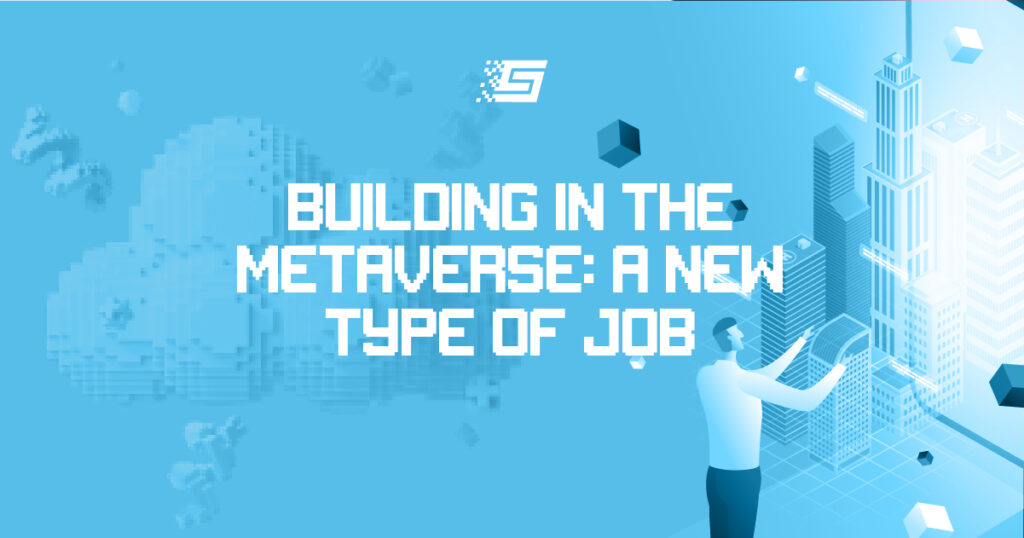Avatar-based Marketing – Part 1
Take a minute to step into Second Life’s strange but compelling virtual world. The landscape of brown hills, dotted with often-fantastic buildings – some homes, some businesses – and drivable vehicles, a tantalizing array of information kiosks, and fanciful interactive objects wait to be investigated.
Birds singing and the gentle breeze enliven the scene at dawn, and as you walk by a house later in the day, you might hear music emanating from an open window. If people approach you to chat—their hands typing on an invisible keyboard, indicating that a line of dialogue will soon pop up on your screen—their movements can appear slightly awkward. But these folks are not android-like in appearance or in action: their outfits are elaborate, and most of their gestures—a nod, a shrug, or a beckoning arm—are quite realistic.
Some experiences in this virtual world might seem bizarre at first. Some residents wear sexually provocative clothing, and some take the form of an animal or other nonhuman body. But the truly odd thing about this place… you’re not you. In Second Life, you have a new body, adopting the identity of your “avatar”; the being you’ve created as a representation of yourself within this online environment.
Avatars aren’t the only personal creations on the platform. Nearly everything in this virtual world encompasses 50 virtual square miles that would take days to walk across (although you could save time by flying or by instantly teleporting yourself from one place to another) has been made by Second Life residents. Along with thousands of eye-catching structures, physical landmarks, and interactive objects, their creations include less tangible things like virtual businesses, interest-based social groups, and events ranging from dance parties to boxing matches.
It’s clear to see that many of Second Life’s residents are highly involved in the place, and that makes it a dream marketing venue. Commerce has become an integral part of Second Life. Residents spend $5 million a month on resident-to-resident transactions for in-world products and services. Introducing real-world brands in some form seems to be a logical next step.
Second Life is just one of many three-dimensional virtual worlds accessible via the internet, in which users are able to play games or interact with people. One report shows that more than 10 million people spend $10 to $15 per month subscribing to online role-playing environments, and that the number of subscribers doubles every year. Millions more use free sites, some of which are sponsored by companies as brand-building initiatives. A large number of users spend upward of 40 hours a week in virtual worlds.
As technology improves over the next decade, this realm may well eclipse film, TV, and non–role-playing computer games as our means of entertainment. Instead of watching someone else’s story unfold on the screen, users in these worlds live out their own stories.
User Avatars
When marketing online, sustained engagement with a brand is far superior to just a click-through to a purchase or product information, and avatars create an opportunity for just this kind of engagement.
Avatars are the most conspicuous online manifestation of people’s desire to try out alternative identities or project some private aspect of themselves. The term “avatar” encompasses not only complex beings for use in a shared virtual reality but literally any visual representation of a user in an online community. Over 7 million people have created Yahoo avatars, for example; simple but personalized cartoon-like characters used for pictorial signatures in activities from instant messaging to fantasy sports.
Living through an alternative self is a powerful experience in virtual worlds or multiplayer online role-playing games. In these environments, avatars are endowed with mannerisms, skills, and wardrobes that participants create using a variety of software tools, purchase, receive as gifts, or earn as in-game rewards.
While an avatar’s anonymity is part of their appeal, many users take considerable pride in their creations as public expressions of the more private aspects of their identities. Users who don’t have the time or desire to enhance their avatars themselves spend a combined total of over $100 million per year on internet auction sites for skills, accessories, and digital weapons earned or crafted by others to improve their avatars’ presence and performance in different worlds.
The online worlds populated by avatars come in many forms, but they can basically be divided into two types. Firstly, the most popular by far are combat-focused games, such as EverQuest, Lineage, and World of Warcraft (the latter claiming more than 6 million paying subscribers). The other type of virtual worlds (even if they include game-like elements) primarily offer opportunities for social interaction, for instance, Second Life and Entropia Universe, aimed at adults and a more teen-oriented demographic. The Sims Online and Habbo Hotel users customize themselves as well as their environments and experiences, decorating personal living spaces or running events. The settings are more realistic than in a typical sci-fi or fantasy combat game. Users would often need to pay a monthly subscription to get the full experience (to buy your own land in Second Life, for instance, or to sell the virtual items you make). But the operators of many of these social-virtual worlds have recently allowed people to join and explore for free, boosting membership numbers. Second Life currently has around 65,000 paying subscribers and 100,000 nonpaying members with fewer in-world privileges.
Marketing In Virtual Worlds
The real-world marketing potential of online worlds is suggested by the active virtual commerce taking place within them. In Second Life, you find services you might expect—virtual clothing and furniture design, event planning, and real estate brokering. But the avatar-run businesses also include detective agencies keeping an eye on virtual infidelity-a notary public, who guarantees the legitimacy of avatar contracts and offers mediation services if problems arise-and also advertising agencies that design and place ads for other avatar-operated businesses.
Second Life residents pay for these products and services in local Linden dollars. Merchants can exchange them at fluctuating rates for real-world cash on various internet exchanges. Some avatar entrepreneurs (most notably fashion designers and land speculators) have been so successful that their creators have quit real-life jobs to focus on their virtual-world businesses. Linden Lab says that more than 3,000 people earn real-world money from their Second Life businesses, averaging $20,000 a year—a number skewed upward by the handful of residents who generate six-figure incomes in real-world dollars.


